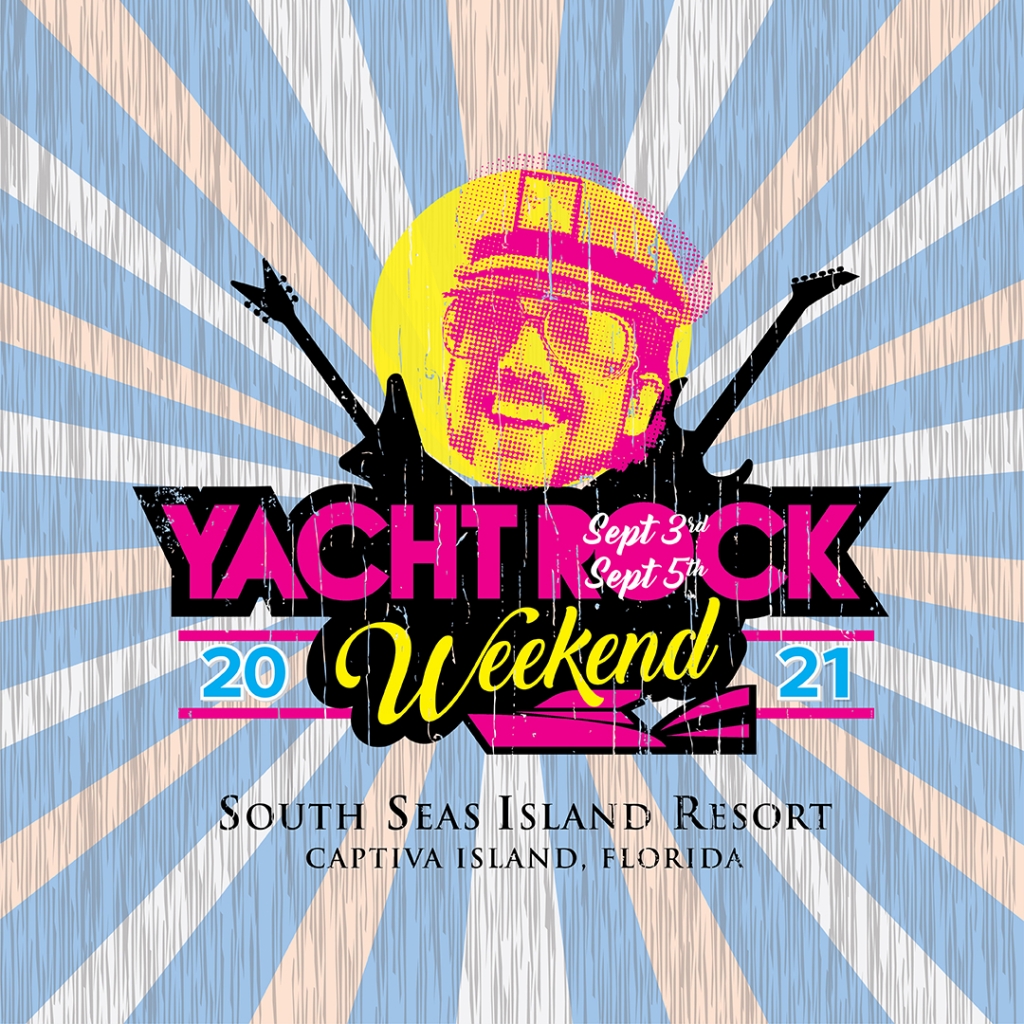
The countdown is on for Yacht Rock Weekend 2021 at South Seas Island Resort This Friday – Sunday, Sept. 3-5 {Labor Day weekend}
Click here for full schedule


The countdown is on for Yacht Rock Weekend 2021 at South Seas Island Resort This Friday – Sunday, Sept. 3-5 {Labor Day weekend}
Click here for full schedule
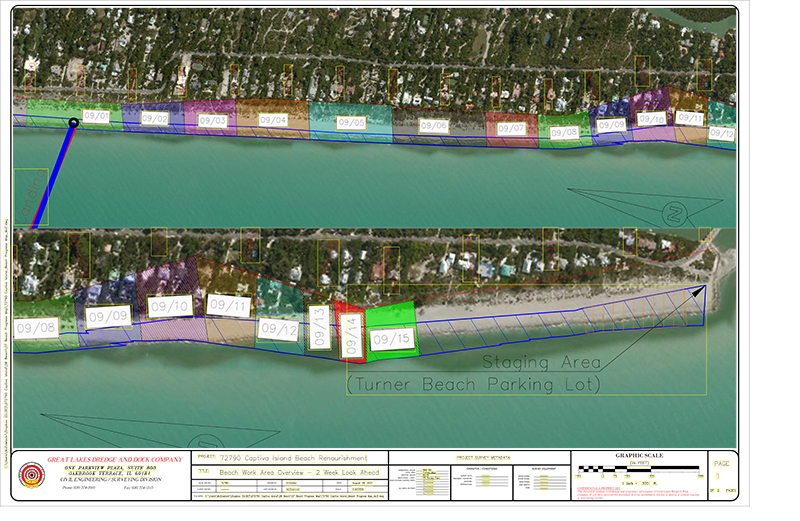
The map illustrates that CEPD current plan is to commence with dredging and beachfill sometime this Tuesday, 9/1. The respective color-coded dates shown on the look ahead map represent a projection of expected progress; this is just an estimate and true rates of beachfill will vary slightly. All active work will be performed within a ~1000-foot zone that will be blocked off with temporary safety fence and continually shift along with the rate of beachfill progress.

Click here for the full map
Visit https://www.mycepd.com/ for more info
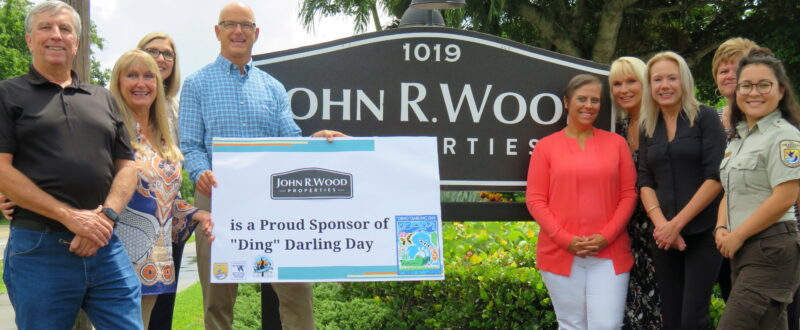
The “Ding” Darling Wildlife Society-Friends of the Refuge reported that John R. Wood Properties is a Great Blue Heron sponsor for the J.N. “Ding” Darling National Wildlife Refuge’s 33rd annual “Ding” Darling Day celebration. The event will take place on Oct. 10 from 10 a.m. to 2 p.m. at Lakes Park, at 7330 Gladiolus Drive, Fort Myers. The free community event will feature tours, activities and more. For more information about the event, visit

https://www.dingdarlingsociety.org/. For information about sponsorships, contact April Boehnen at april@dingdarlingsociety.org or 239-472-1100 ext. 4.

The 22nd annual Southwest Florida Reading Festival in March will be a month-long, fully virtual celebration of the power of reading brought to the community by the Lee County Library System.
Nearly 30 acclaimed authors will provide nightly programming on March 1-12. Other highlights include the opportunity to video chat with headlining and local authors during the live booth hours on March 6 and March 13 from 1-3 p.m. Grab-and-go crafts, a reading program with festival bingo and online S.T.E.A.M. contests featuring Lego builds, art and creativity challenges are also part of the fun.
Patrons can log on to EventHub for a preview of the festival. Author presentations will broadcast on weekday evenings on March 1-5 and 8-12, with youth and teen authors at 6 p.m. and adult authors at 7 p.m. Each interview is followed by an interactive, live meet and greet to interact with authors and ask questions via video or text chat.
More opportunities to chat with authors will be offered during the live booth hours at 1 p.m. After live events conclude on March 13, attendees can watch recorded content on-demand through March 31.
Participants are encouraged to sign up for the online reading and activity challenge or complete the paper-based reading bingo for chances to win prizes and book baskets with festival author book titles. The deadline to log reading and activities is March 31.
S.T.E.A.M. contest prizes include numerous Lego sets, as well as arts and crafts supplies, with contest entries accepted through March 14. Online public voting will take place on March 15-31. The eligible entries with the most votes will win the prizes for each category.
The library system’s commitment to reading continues with providing each participating child and teen with a new free book. This year, the books will be distributed in age-appropriate grab-and-go craft bags, available while supplies last at the Lee County branches, including the Captiva Memorial Library. Adults will receive a book in their craft kits as well, which will incorporate various patterns to become part of a folded book art craft.
The lineup of award-winning authors scheduled to participate in the festival includes adult authors Jennifer Chiaverini, Gregg Hurwitz, Jayne Ann Krentz and Kyle Mills, as well as youth and teen authors J.C. Cervantes, Greg Pizzoli, Julie Berry and Ryan La Sala. The complete list of authors can be found at www.ReadFest.org.
The Southwest Florida Reading Festival is free and community-supported through donations, sponsorships and grants. To help ensure the continuation of the free community event by making a secure online donation, visit www.ReadFest.org or contact 239-533-4832 for more information.
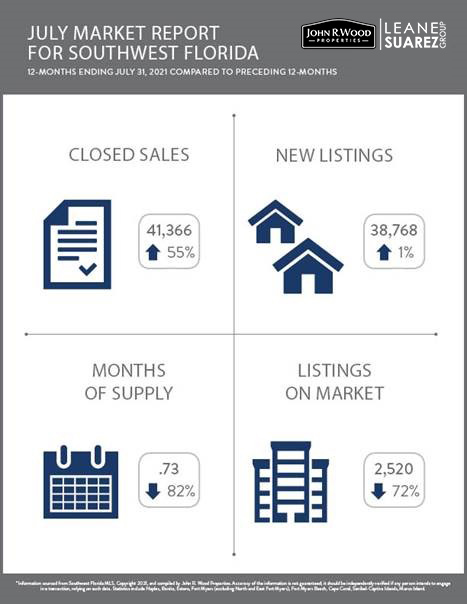
Below is a snapshot of July 2021 Southwest Florida Real Estate Market Report.
Closed Sales
Closed sales for the 12-month period ending July 31 were up 54.6% from the preceding 12-months. Year to date, closed sales posted a 58.6% increase over the same period last year.
Listing Inventory / New Listings
After several months of decline, the number of homes on the market stabilized in May and has since posted modest and steady increases. The 2,520 listings on the market as of July 31 were down 72.5% from the same date last year, and were up 11% since the end of May. Trends resulting in this increase slowly started to develop in recent months with a cooling of the feverish buyer activity that occurred early in the year and a greater than normal inflow of new listings.
Average Selling price
The average selling price for the 12-months through July 31 was $605,328, up 31.5% from the preceding 12-month period.
Summary
Our market continues to move in a positive direction. Demand, although having subsided somewhat from its previous intensity, remains strong. This, combined with favorable new listing activity, has stabilized listing inventory and provided more options for buyers. This is welcomed news for buyers who may have previously been reluctant to enter the market.

Click here for full market report
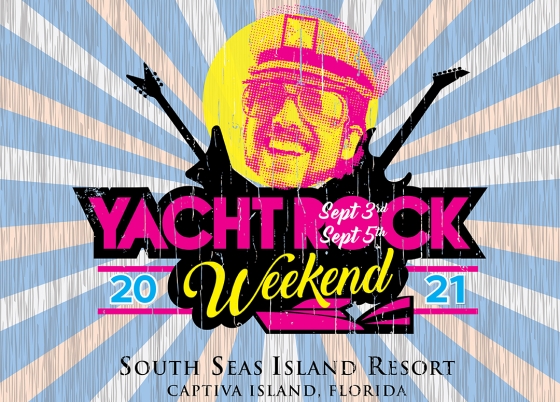
Celebrate Yacht Rock Weekend in style at South Seas Island Resort. Receive 25% off our regular rates, 15% off food and beverage, special Yacht Rock swag and access to all the weekend activities! Plus, you’ll receive a coupon book with over $250 in savings at Resort outlets!

Click here to book
Offer cannot be combined with other packages, promotions, Homes of Distinction or group rates, and cannot be applied to existing reservations. Offer is subject to availability and may only apply to certain accommodation types. Resort fees and room taxes are additional.
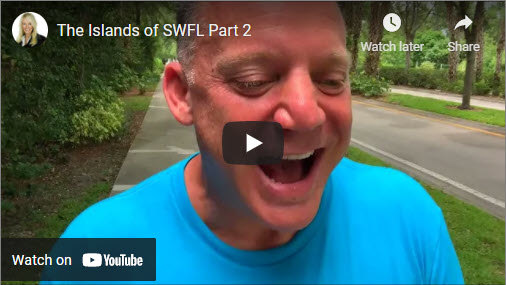
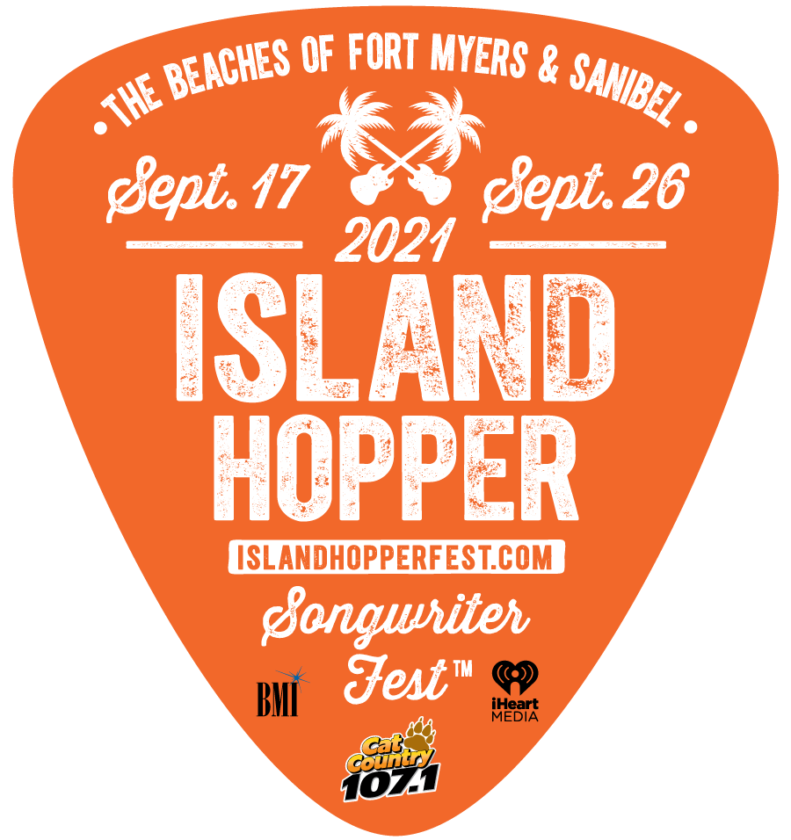

The Island Hopper Songwriter Fest kicks off its seventh year with an impressive lineup of talented singer-songwriters including Jimmie Allen and Michael Ray.
Allen, who won this year’s Academy of Country Music Award for New Male Artist of the Year, will perform on Sept. 26 at the pool party at the Pink Shell Beach Resort & Marina on Fort Myers Beach. The Delaware native made history as the first Black artist to launch a career with two consecutive No. 1 songs on country radio. His hit, “Best Shot,” claimed the No. 1 spot for three weeks and his second single, “Make Me Want To,” climbed the charts in March 2020. Allen recently released an album featuring collaborations with Little Big Town, Keith Urban and Mickey Guyton.
A Florida native, Ray joins the festival with three No. 1 songs, including “Kiss You in the Morning,” “Think a Little Less” and “One That Got Away.” He will perform on Sept. 23 at Pinchers at The Marina at Edison Ford in Fort Myers. Ray kicks off his summer tour in June with country star Luke Combs.
Tickets are available exclusively in the official festival app.
The Island Hopper Songwriter Fest, a free 10-day music festival except for a few ticketed events, will run from Sept. 17-26. It kicks off on Sept. 17-19 on Captiva, then moves to historic downtown Fort Myers on Sept. 20-23, and wraps up on Sept. 24-26 on Fort Myers Beach. It is the largest songwriter festival in Southwest Florida and offers an experience to interact with songwriters at pool parties and beachside venues. This year, over 60 singer-songwriters will perform more than 100 shows.
In addition to the headliners, other award-winning performers include Jay Allen, Dylan Altman, Aaron Barker, Hannah Ellis, Frank Myers, Dave Pahanish, Fort Myers native Sheena Brook and more.
While most of the performances are free, a few exclusive ticketed shows are available on the official festival app under the schedule tab. Download the app in the App Store or on Google Play for free.
Since 2020, festival organizers have produced a virtual concert series, Songs from the Sofa and Songs from the Sand, in preparation for the Island Hopper Songwriter Fest. The monthly concerts have featured a preview of songwriters who will perform at this year’s festival. Click here To view the recordings, visit
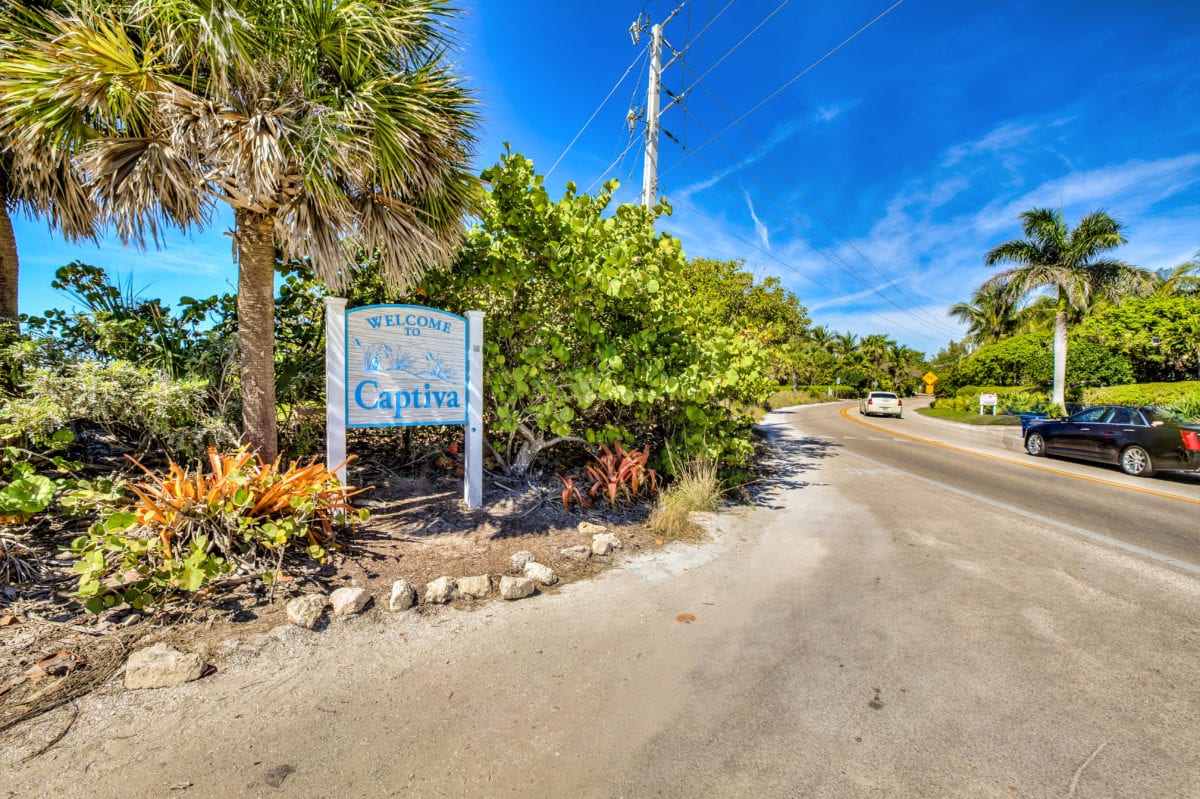
Engineers from Kimley-Horn met with panel members during a recent Captiva Community Panel meeting to discuss the potential plan for Captiva’s central sewer system.
Earlier this year, the CCP moved forward with conversations on a central sewer system that would connect to Sanibel’s Donax Wastewater Reclamation Facility, as opposed to the septic tanks residents of the island currently use.
This potential change is mainly due to the harmfulness that septic tanks can cause surface water.
After discussions on a central sewer system proceeded, Kimley-Horn was hired to do an engineering study to figure out the best ways a central sewer system can fit within Captiva’s landscape. This study was presented to panel members on Tuesday, who saw two different kinds of pipes being used for the system; gravity pipes, and pressurized pipes.
Wastewater flowing through gravity pipes does exactly what the name says and uses gravity to flow down the system. Pressurized pipes use pressure to complete the same task.
Douglas Eckmann, the head of this study at Kimley-Horn, explained to panel members that high density areas, like The Village on Captiva, would benefit more from the gravity system due to it being more cost effective and less complicated than a pressurized system.
But while the cost of the gravity system may be lower, it requires much more construction than that of a pressurized system due to the pipes needing to be at a precise angle so that the water can flow with gravity properly.
Eckmann explained that construction for this gravity system would require digging a trench for each street that starts off shallow and gets deeper as it goes.
However, Eckmann explained that if this were to be completed, the construction would be conducted one street at a time, allowing residents passage on the road during construction, as well as fixing the road once construction is complete.
But while the gravity system is recommended for residential streets, Eckmann said a pressurized system would be put in place along Captiva Drive where all of the wastewater on Captiva will flow to.
Construction for this pressurized system will not require any trenches, and will greatly reduce the disruption from construction, Eckmann said.
He explained that for a pressurized system, directional drilling would be used. This is a type of construction where a drill underground pulls the pipping along while being controlled from above the ground.
Eckmann said the only disruption that would be caused would be the submerging and emerging of the drill, which will occur every 300-500 feet and will require digging a small pit, which will be repaired once it is no longer needed.
Panel members also heard an explanation of lift stations, which are already present in some areas of the island. Eckmann explained that lift stations, which are mainly underground, move the wastewater from one area to another and are placed strategically to receive water from the gravity system.
These lift stations will be placed around Captiva, flowing with the central sewer system all the way down to the Turner Beach lift station, which is owned by Sanibel. The sister island has agreed to expand this lift station to make room for Captiva’s wastewater.
After flowing to the Turner Beach lift station, Captiva’s wastewater will then end up for water treatment at Sanibel’s Donax facility, which has already started to expand for the same purpose.
While this is just a plan for now, a potential cost and timeline for the project are still being discussed, but Kimley-Horn made sure that the plan fits the needs of Captiva for a central sewer system.
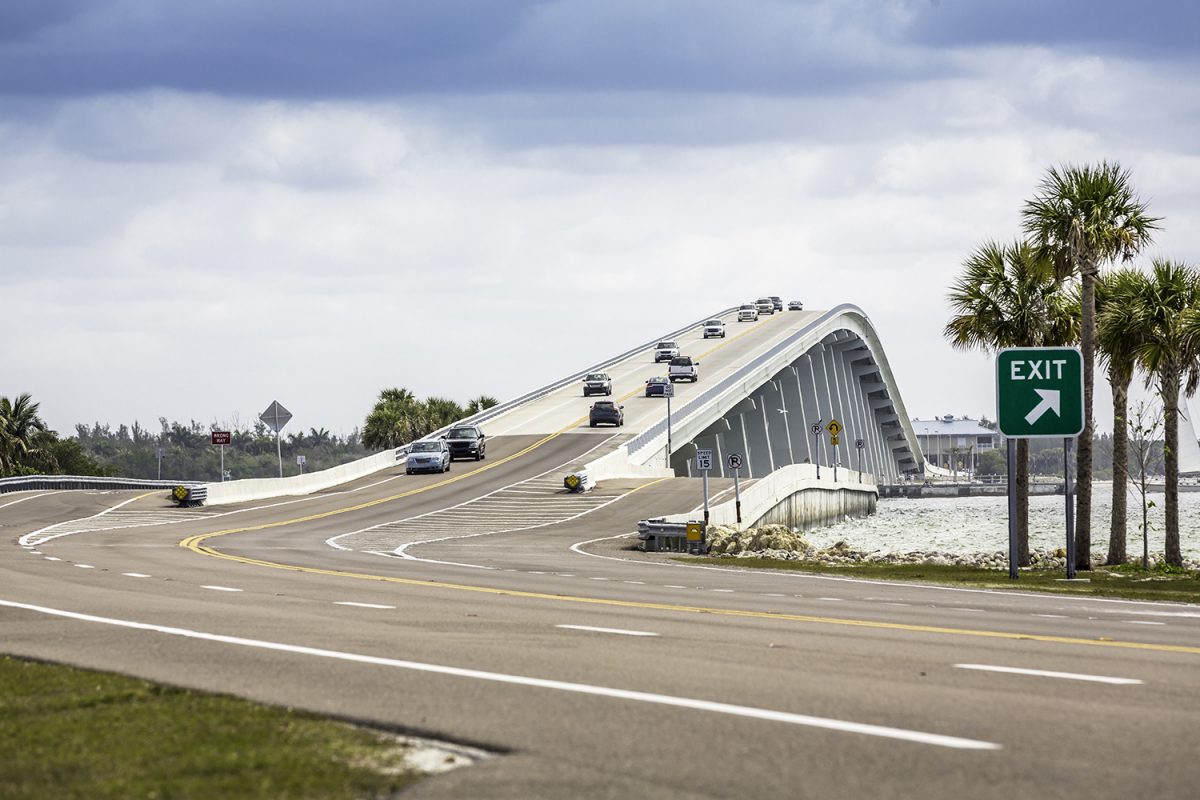
One year after the island began feeling the effects of COVID-19 traffic crossing the Sanibel Causeway has returned to pre-pandemic numbers and May set a new record. That is according to a report released in June by Lee County, which owns and operates the bridge.
The reports shows 1,582,182 vehicles were counted at the toll booth from January to May, up 26 percent over the first five months of last year even though traffic had continued to decline in January and February due to the pandemic.
The Causeway bridge was busy in May with a record 323,157 vehicles crossing it that month. The report shows it is the first time May reached 300,000 vehicles since 1975. The previous record was set two decades ago with 284,199 vehicles. Traffic was up by 45.79 percent in May compared to last year or 101,000 more vehicles.
April nearly broke a two-decade record with 330,664 vehicles counted that month. It was just 200 vehicles shy of the record set in 2001. Last year, a moderate 123,000 vehicles were counted in April resulting in a sizable 168.5 percent difference.
March also rebounded with 352,000 vehicles counted, a typical number before the pandemic. And it remains one of the busiest months of the year.